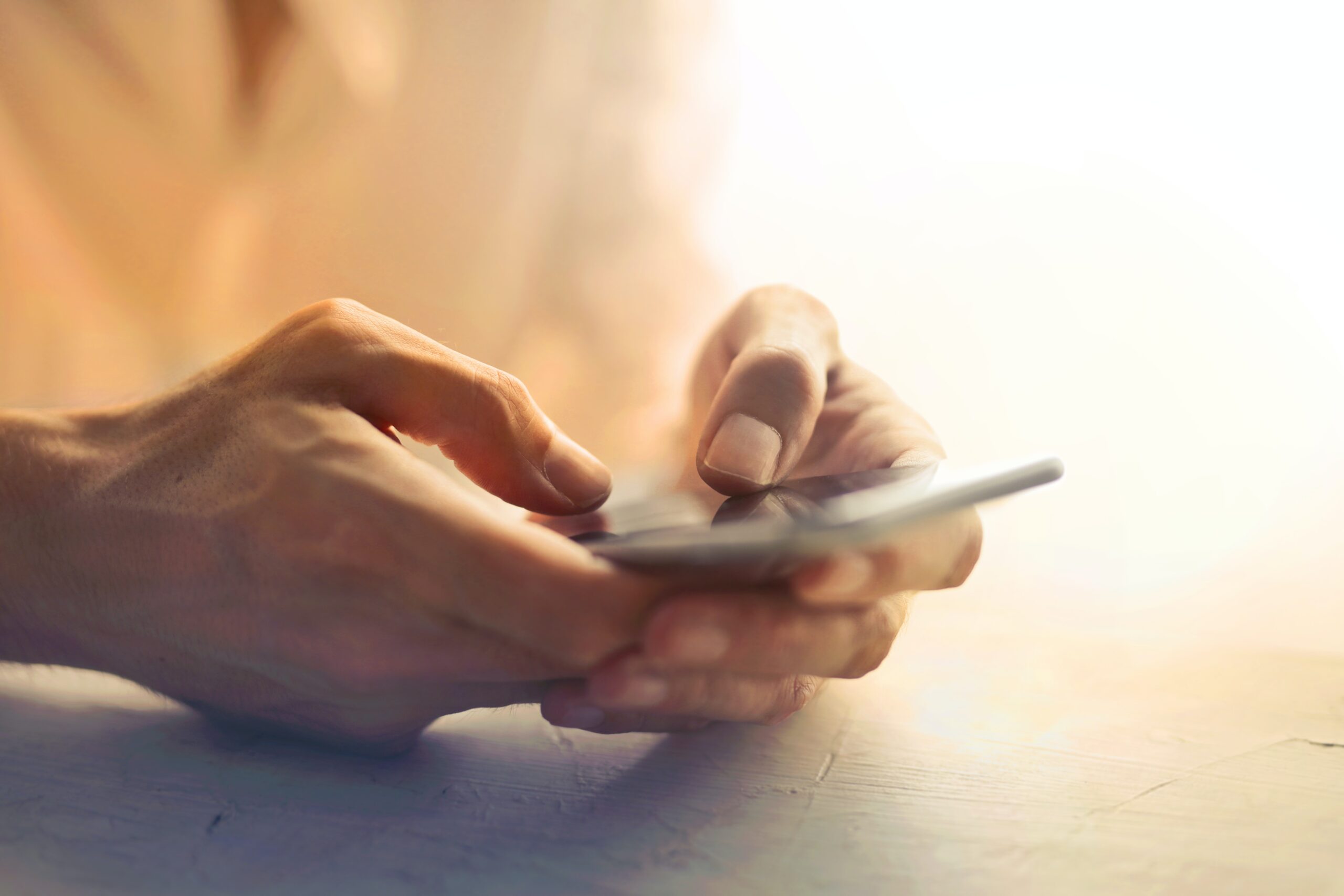If you’ve ever tried to log into your bank account or email and been asked not only for your password, but also for a code sent to your phone, you’ve experienced something called Multi-Factor Authentication (MFA). It might feel like a nuisance in the moment, but it is a powerful tool to protect your information.
What Is MFA?
At its core, Multi-Factor Authentication means you need more than one piece of proof to access an account. Instead of relying on just your password, MFA requires a second (or even third) form of identification. This makes it much harder for hackers, even if they’ve guessed or stolen your password, to break into your accounts.
Think of it like going through TSA at the airport. It’s not enough to have a ticket or even a form of identification. You must provide both simultaneously to ensure you are indeed who you say you are.
MFA comes in several common forms:
1. Text Message (SMS) Codes
After you enter your password, a code is sent to your phone via text. You then enter this code to prove you are really you. It’s easy to use, but it can be vulnerable if scammers trick you into revealing the code.
2. Authenticator Apps
Apps like Google Authenticator, Microsoft Authenticator, or Authy generate time-sensitive codes right on your phone. These are more secure than text messages because they aren’t sent over the phone network where criminals might intercept them.
3. Email Verification
Sometimes, a service will send a one-time code or link to your email. You’ll need to click it or enter the code before logging in. It’s handy but assumes your email account is already secure.
4. Other Methods
Some banks or businesses use fingerprint scans, facial recognition, or even small physical devices called “security keys.” While less common for everyday use, these provide some of the strongest security.
Is it Worth the Inconvenience?
Nobody likes extra steps, especially when all you want to do is quickly check your account. But here’s where an everyday comparison might help.
Let’s revisit the TSA illustration at the airport. Taking off your shoes, emptying your pockets, and standing in line isn’t exactly fun. It feels inconvenient. But the reason we put up with it is because of the security it provides. When I get on the plane, I’m certainly glad everyone had to jump through those extra hoops.
MFA works the same way. It adds a few extra seconds to your login routine, but it drastically reduces the chances that a hacker will get into your account. That peace of mind is worth the mild inconvenience.
Unfortunately, passwords alone just aren’t enough anymore. Hackers are clever, and data breaches are all too common. But with Multi-Factor Authentication, you’re giving yourself an extra shield of protection.
So, the next time you’re asked to enter a code or tap “approve” on your phone, remember: it’s your digital TSA. A little hassle, but a whole lot of security.




Recent Comments